Your cart is currently empty!
Scientific Aspects of Agnihotra: Agriculture – Biodiversity (Part II)
|
How does Homa Organic Farming help to calm down this “storm on the horizon”, to bring Nature back to Harmony, to restore biodiversity? |
|||||
|
|||||
|
At Palampur Agricultural University (in Himachal Pradesh, India) some groundbreaking studies on Homa Farming were done. The studies were on yield and quality of medicinal plants as well as on soil health. Results were very positive (see Homa Health Newsletter # 132). In addition to that following observations on various aspects of environment (land & biodiversity) were made: • Spread of White clover (Trifolium repens) (Legumes) & Kikyun (Pennisetum clandestinum) grasses (Soil binder) increased in farm. • Weeds problem a little bit suppressed. • Frequency of occurrence of Brahmi (Centella asiatica) increased naturally in farm. • Birds diversity and their frequency of visit has been increased • Friendly insects occurrence has been enhanced. • Robust health of plants, animals and microbes |
|||||
|
Some interesting study on frogs was done at Bhrugu Aranya in Poland by Prof. Dr. Wojciech Puchalski and presented at the conference “Halting The Global Decline in Amphibians”, London 2008. Following an excerpt from the abstract. |
|
|
|
|
Near the Homa Therapy place there is a very significant increase of all different types of invertebrates – from plus 42% to plus 300%! |
|
A second study examined the number of different butterflies at three stations along the Narmada River. 32 different species of butterflies were counted at these three places. One of these places was the Homa Therapy Centre near Maheshwar – and here an average increase of 68% was observed! Really astonishing is that in all the different species, the number at this Homa place was highest. |
|
|
|
One observation many people have made who came to Homa Farms or other Homa Therapy places the first time: The number of different varieties of birds astonishes them. But that has not yet been scientifically studied – will be good if some ornithologists look into that matter! |
|
|
|

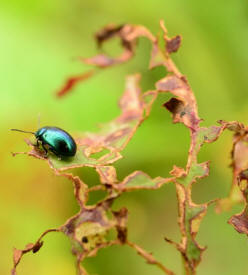
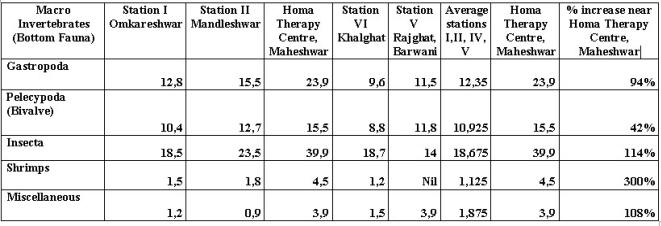
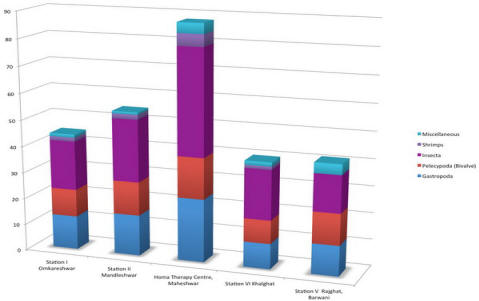
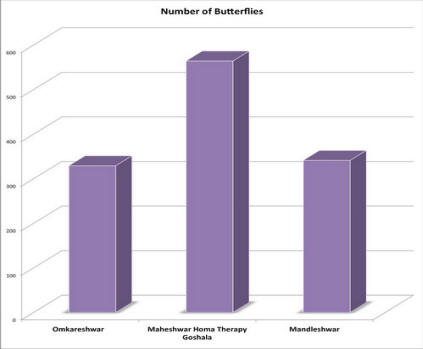
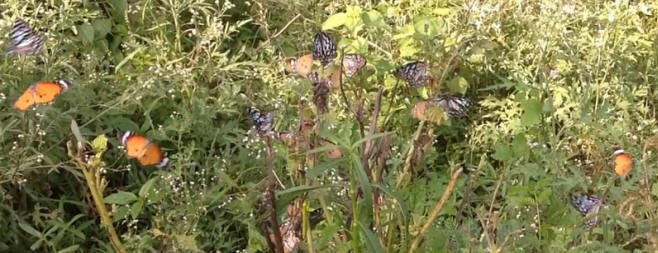
Leave a Reply